A heavy oil catalytic cracking unit steel structure refers to the supporting framework and infrastructure used in the construction of a catalytic cracking unit (CCU) that processes heavy oil or heavier feedstocks. Heavy oils, which have higher viscosity and molecular weight compared to light crude, require special treatment and cracking processes to convert them into valuable products such as gasoline, diesel, and petrochemical feedstocks. The catalytic cracking process involves breaking down the long-chain hydrocarbons found in heavy oil into lighter fractions in the presence of a catalyst.
Given the complexity and scale of a catalytic cracking unit designed for heavy oil, the steel structure plays a critical role in supporting the heavy equipment, maintaining operational stability, and ensuring safety during high-temperature and high-pressure operations.
Main Support Framework:
The primary steel columns, beams, and girders that form the backbone of the catalytic cracking unit. These components must be designed to support the weight of reactors, regenerators, and the various associated equipment.
Reinforced steel members or high-strength structural steel may be used in load-bearing areas to ensure durability and safety under heavy operational loads.
Reactor and Regenerator Supports:
The cracking reactor and regenerator are two of the heaviest and most critical components of the FCCU. The steel structure must be capable of supporting these vertical reactors, which are often tall (up to 50-60 meters or more), and ensure stability during thermal cycling and high pressure.
Support for large diameter reactors and the associated piping systems must be carefully engineered to prevent sagging or deformation over time.
Cyclone and Separator Supports:
Cyclone separators are used to separate the spent catalyst from the cracked products. These cyclones can be very large, and the steel structure must include supports for the cyclones and any associated ducts or piping systems.
These systems must be robust enough to handle the wear and tear from high-velocity gas and catalyst flow.
Piping and Conduit Supports:
Extensive piping and conduit supports are required to handle the flow of gases, liquids, and catalysts within the unit. The steel structure provides mounts and supports for piping systems that carry feedstocks, product streams, catalyst, air, and steam.
These supports must be designed to accommodate the thermal expansion of pipes and prevent sagging under load.
Catalyst Handling and Transfer Systems:
Catalyst handling systems require specialized steel frameworks to support pneumatic transfer systems or mechanical conveyors that move catalyst between the reactor, regenerator, and other units.
The steel structure may also include elevators, conveyor belts, and chutes for transferring solid catalyst particles safely between different areas of the unit.
Heat Exchanger and Distillation Tower Supports:
The heat exchangers, which are essential for recovering heat from the reactor and regenerator, require strong steel supports due to their size and weight.
Similarly, distillation towers or fractionators, which separate the cracked products based on their boiling points, are tall structures that need significant structural reinforcement.
Access Platforms and Maintenance Walkways:
The steel structure will incorporate access platforms, catwalks, and ladders for workers to safely access various components of the cracking unit for inspection, maintenance, and repairs.
Guardrails and fall protection systems are required for safety when working at height or near hazardous areas.
Emergency and Safety Systems:
The steel structure also supports fire suppression systems, safety valves, emergency shutdown systems, and other safety equipment to protect workers and minimize the risk of accidents or catastrophic events.
Design and Engineering:
The first step in the project involves detailed engineering design to determine the structural requirements for the FCCU. This includes load calculations, material selection, and ensuring that the steel structure can withstand high temperatures, vibrations, and corrosive conditions.
3D modeling and simulations may be used to optimize the design and address potential issues like thermal expansion, wind loads, and seismic activity.
Fabrication:
After the design phase, the steel components are fabricated in a factory, where they are cut, welded, and treated to meet the specifications.
Steel components are often prefabricated in sections to be transported and assembled at the site.
Site Preparation and Foundation Work:
The site must be prepared to accommodate the heavy load of the steel structure and associated equipment. This includes preparing reinforced concrete foundations for major components like reactors and regenerators.
Foundations must be able to handle the significant weight and vibration generated by the FCCU.
Assembly and Erection:
The steel framework is assembled on-site, often using cranes and other heavy lifting equipment. This process involves positioning and welding the structural steel columns, beams, and girders that form the backbone of the unit.
Once the major structural components are in place, the smaller systems (like piping, insulation, and instrumentation) are integrated.
Integration with Process Equipment:
Once the steel structure is complete, the equipment (reactors, regenerators, distillation towers, heat exchangers, etc.) is installed, followed by the piping systems, catalysts, and other operational components.
The system is then connected to utilities such as air, water, steam, and electricity.
Testing and Commissioning:
After installation, the unit undergoes testing to ensure all components are functioning correctly. This includes pressure tests, temperature checks, and equipment calibration.
Trial runs are performed to simulate normal operations and identify any areas needing adjustments.
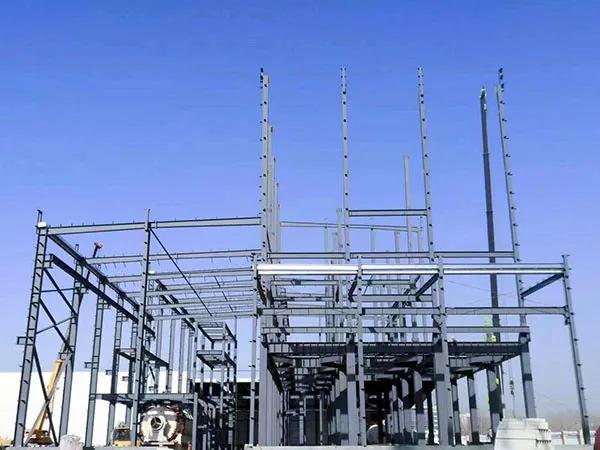
New Materials Steel Structure Factory Project
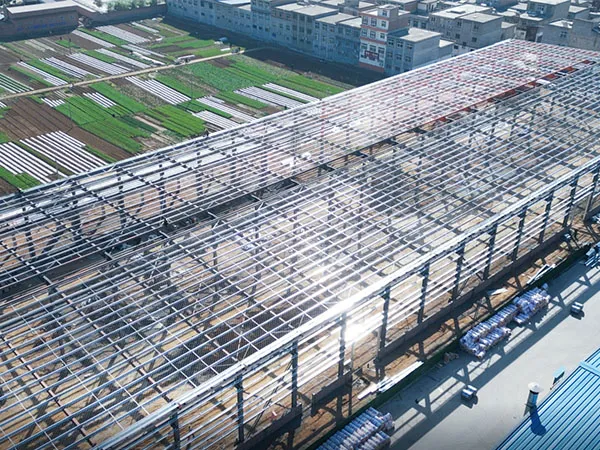
Luoyang Hengrun Metallurgical Technology Co., Ltd. Plant Project
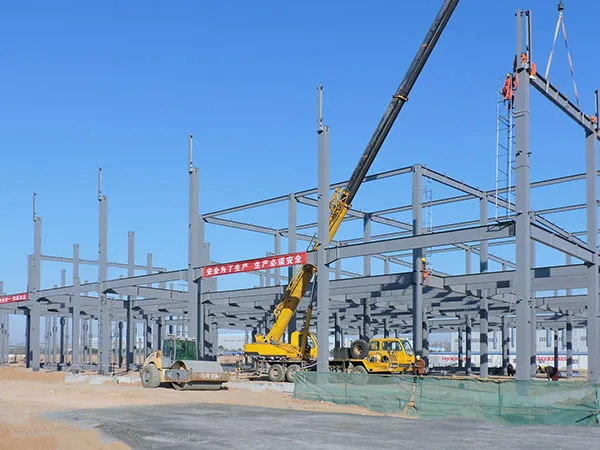
Luoyang Achemet Tungsten-Molybdenum Technology Steel Structure Plant Project
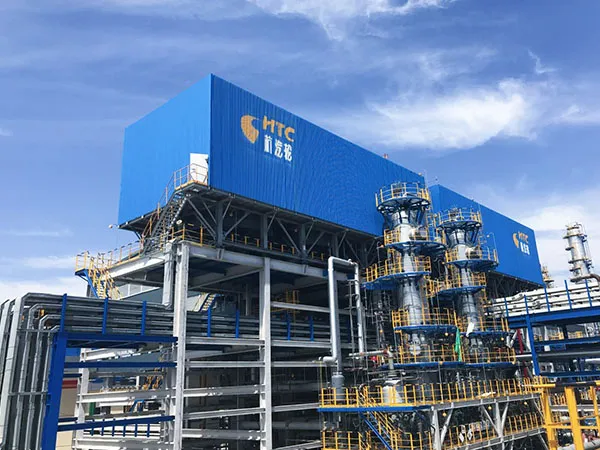
Ordos Zhongtian Hechuang Refining and Chemical Steel Structure Project
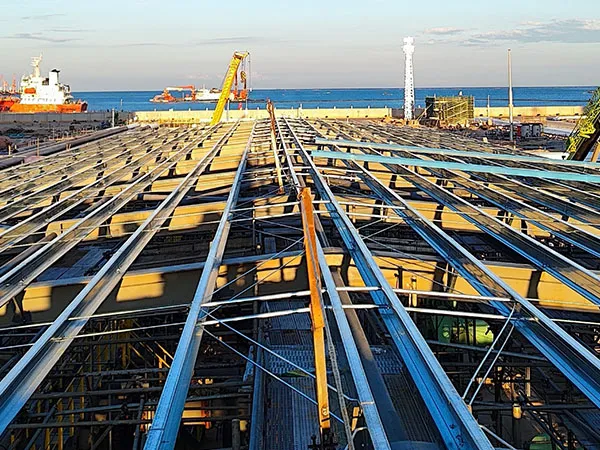
Beihai Finished Oil Reserve Base Steel Structure Roof Project
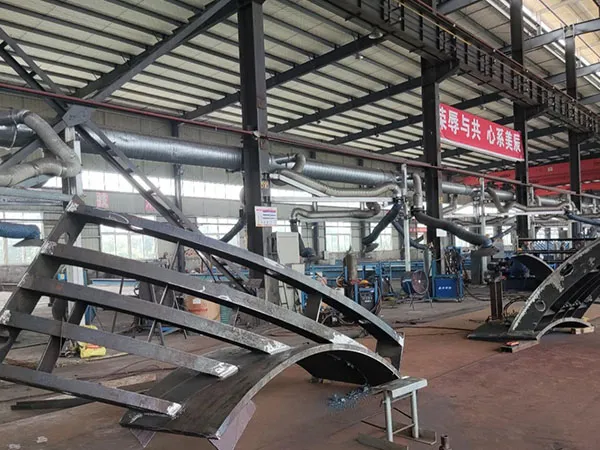
Composite Steel Pipe Segment for Lining Ring of Communication Channel
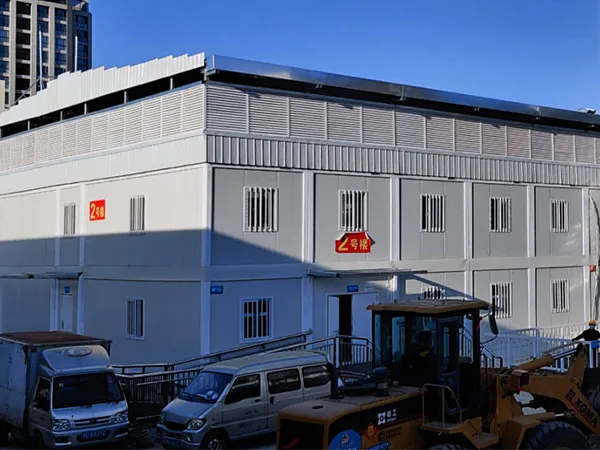
Steel Structure Project for Medical Emergency Treatment Centre
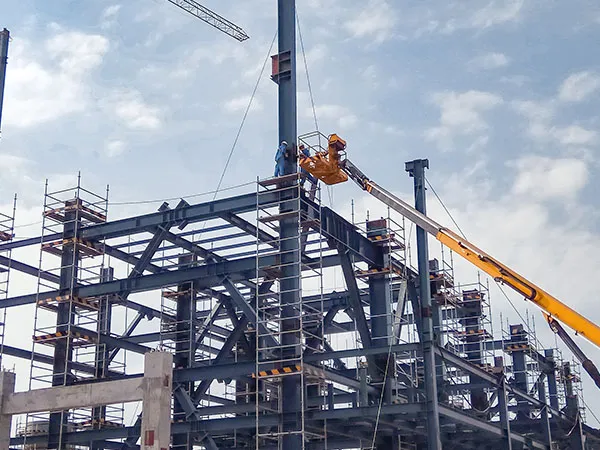
Refining and Chemical Integration Shaped Steel Structure Project